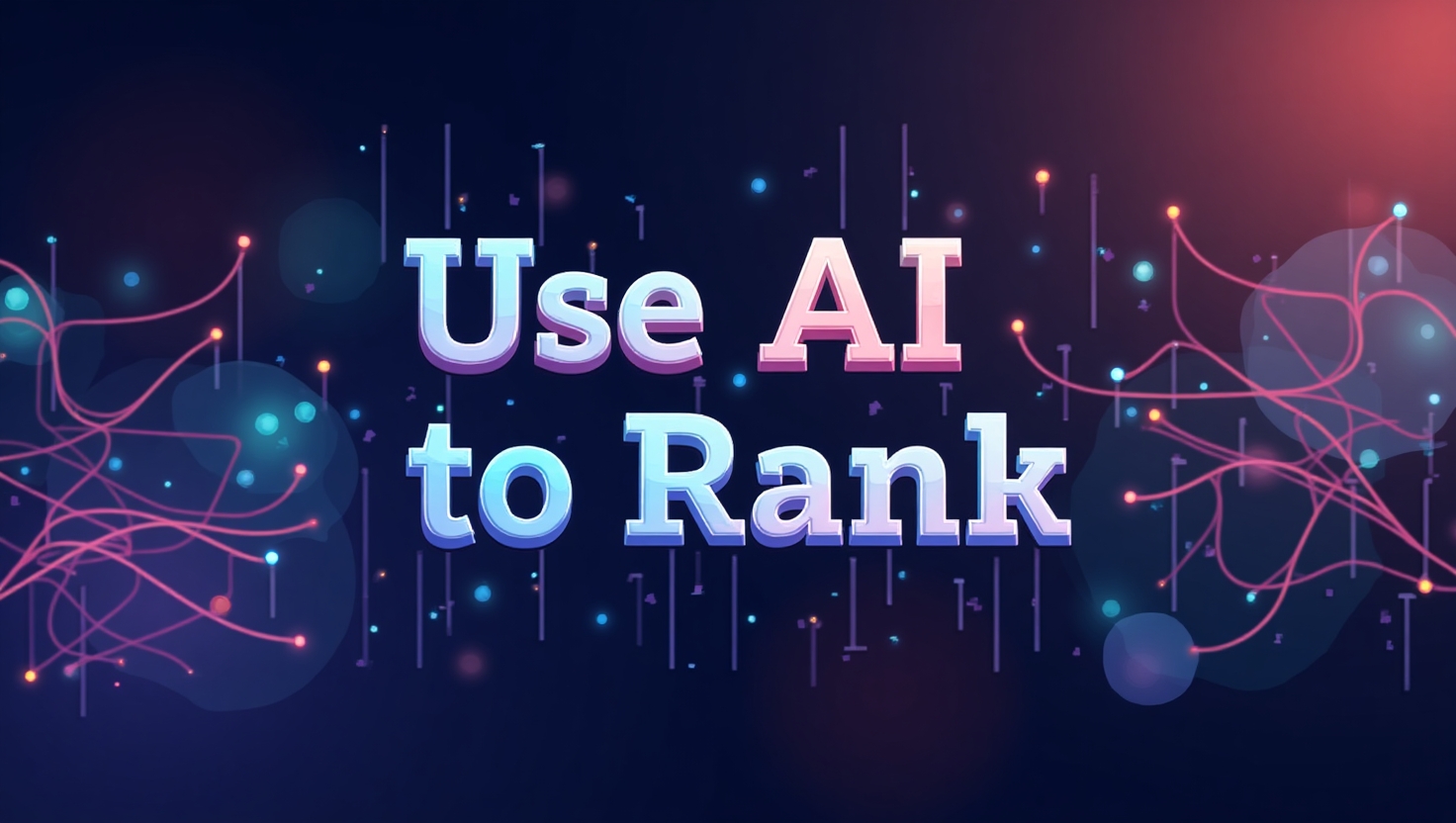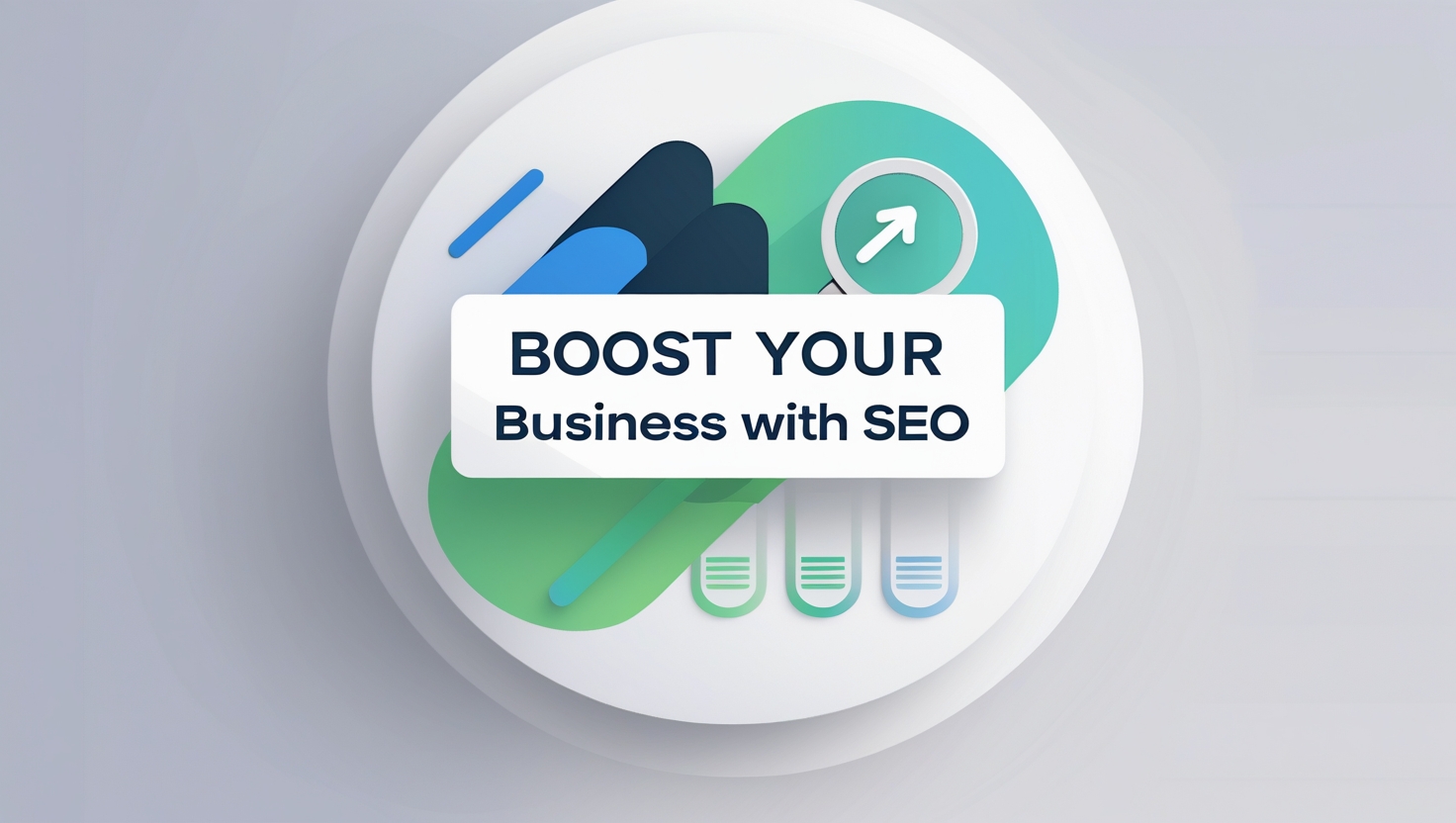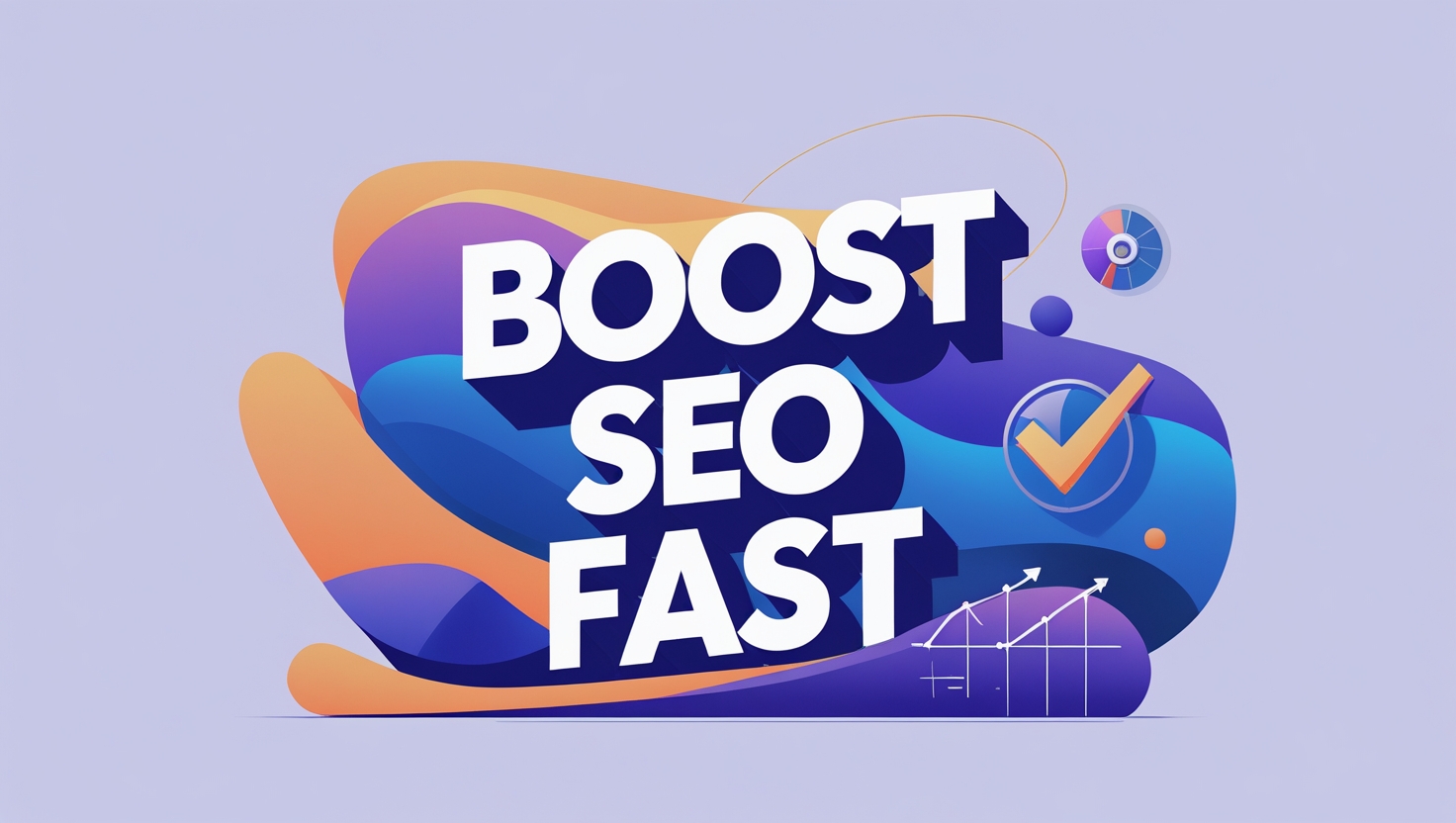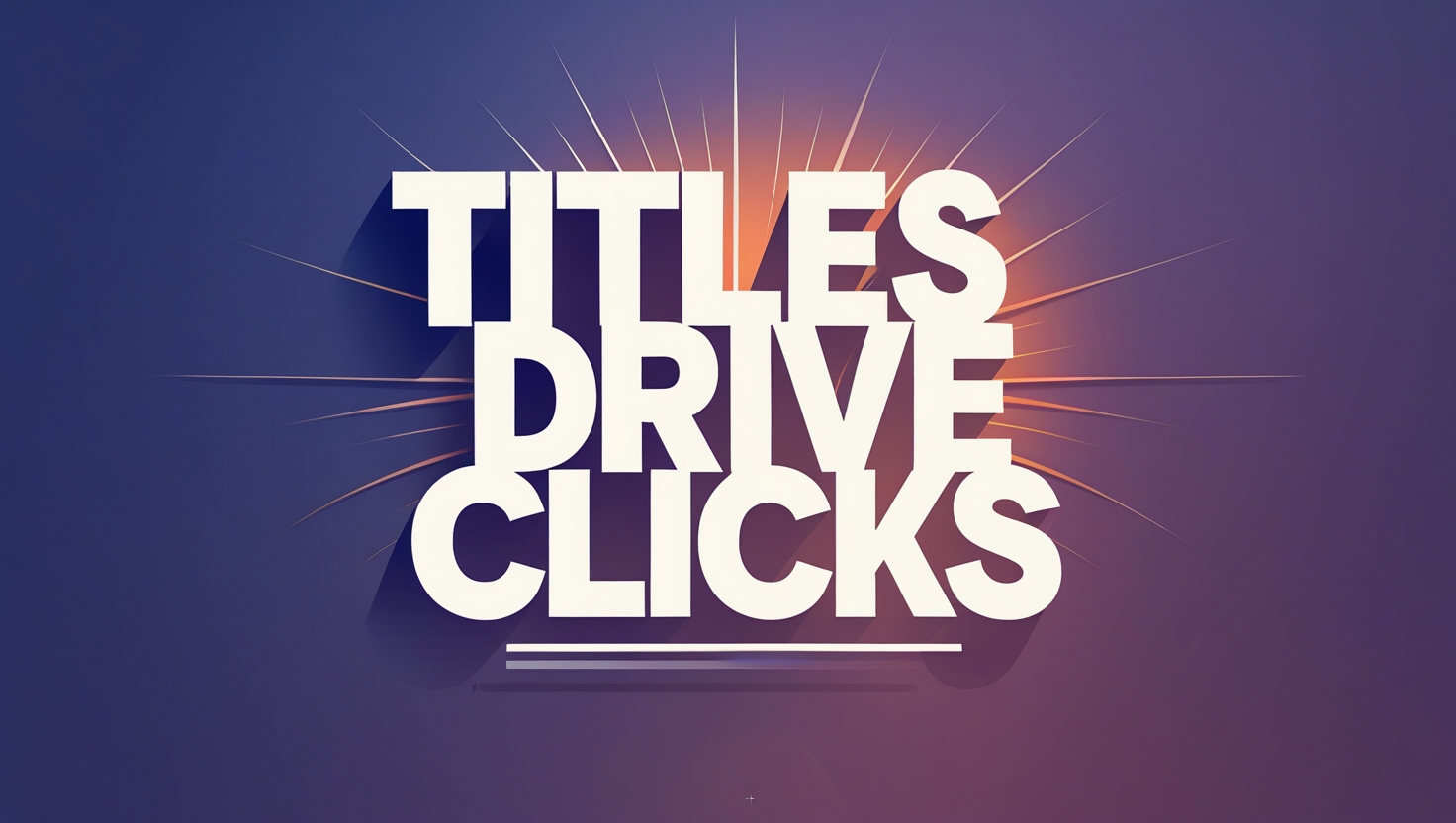15 | Mar
clevpro
15 Mar, 2025
How to Optimize Your Website for SEO Success: Proven On-Page Strategies

How to Optimize Your Website for SEO Success
SEO serves as the essential factor which makes websites discoverable online. Site optimization processes do not demand laboratory-level expertise since you can understand them without rocket science qualifications. Optimization of websites depends on discovering the desires of search engines as well as actual users. The good news? The basic knowledge of SEO will help you produce substantial optimizations for your site. To begin your SEO website optimization process without getting overwhelmed start by following these guidelines.
First, Know What Your Audience is Searching For
Customers who need assistance will approach customer service counter yet they encounter no reception. An unaligned website will result in such user experiences because it doesn't match actual search queries. The audience questions appearing in search bar results become visible through search tools such as Google Keyword Planner and Google’s “People Also Ask” section. The phrases “how to revive dying plants” and “best soil for indoor herbs” can possibly appear in a gardening blog website. Create content by applying the discovered information while refusing to add keywords in a hoarding manner. You should express the content in a natural manner that resembles a casual explanation to someone you know.
Your Title is the Front Door—Make It Inviting
Consider your page title to be the fundamental greeting element. Your page will receive no traffic from either visitors or search engines when it appears disorganized and complex. A page title should be lower than 60 characters with the primary keyword included and it must be specific in nature. A more effective page title would be “7 Foolproof Tips to Keep Your Plants Alive During Winter.” The page title delivers precise information to both Google and your visitors about the page content while improving their decision to stay.
Don’t Skip the Meta Description
The search engine rankings do not directly benefit from meta descriptions although they function as a promotional tool to showcase your content. People have only 150 characters to decide whether they will click on a link. Every sentence should contain active words which show how to solve a specific problem. A typical example illustrates this point as “Killing every plant you touch”. The solution for beginner gardeners will be introduced. The text both connects to readers and stays direct while maintaining the keyword integration in a realistic manner.
Structure Your Content So People Actually Read It
Users sometimes open webpages where they encounter text blocks that overwhelm viewing screens. Yeah, nobody reads that. Sections within your content should remain short along with clearly defined headings throughout. Thrashfastbunglsof mushrooms and tea identifiers structure the headings under “Why Your Plants Keep Dying” and “Essential Tools for Beginner Gardeners.” The use of section titles makes both search engine crawling possible and stops people from leaving your page too quickly.
Images Need Love Too
The combination of garden photographs with step-by-step illustrations enhances content presentation though big files will decrease site performance. Use Squoosh along with similar tools to compress your files before upload procedures. You must include alt text which provides descriptions to describe image contents for Google search and users with visual impairments. The filename should be changed from "image123.jpg" to "close-up of healthy basil plant in clay pot."
Clean Up Your URLs
Messy URLs like “yoursite.com/blog/post=id=123” confuse everyone. Keep them simple and descriptive: “yoursite.com/how-to-revive-plants.” If your keyword fits naturally, include it, but prioritize clarity. A clean URL is easier to share and tells search engines what the page is about at a glance.
Link Smartly—Both Inside and Out
Your site becomes more accessible to readers and to Google search algorithms when you incorporate internal links between pages that relate to organic fertilizers and other site content. But don’t stop there. Using reputable university gardening research as an external link allows your content to gain credibility. Excessive use of blue text should be avoided since it creates visual chaos on your pages.
Speed Isn’t Just for Race Cars
A website that requires longer than few seconds to load results in visitor loss. To resolve performance problems you should use PageSpeed Insights from Google which identifies issues from excessive code and poorly optimized images. Simple hosting provider changes combined with lazy loading activation tools help your site achieve quicker page loads.
Mobile Users Rule—Design for Them
Mobile phones generate more than 60 percent of web traffic. Not optimizing your site for mobile operation guarantees that your possible client base will be split evenly between your competitors. Perform testing across different mobile devices. Are buttons easy to tap? Does text resize without zooming? The use of full-screen pop-ups should be avoided since they both frustrate users and harm your website ranking performance.
The illustration displays a website optimized for mobile devices which features substantial buttons together with quick-loading images and an action button bar that sticks to the bottom of the screen.
Content Quality Beats Quantity Every Time
The Google algorithms can identify when writers resort to stuffing their content with unnecessary text. The content should provide an extensive response that satisfies the questions of readers. Offer detailed pruning explanations along with typical mistake guidance along with recuperation advice to users who search for information about rose pruning. The Google algorithms will favor a 1,000-word post over a 3,000-word disordered piece if the content provides substantial help to readers.
Track, Tweak, Repeat
The practice of SEO demands regular attention because it is not a one-time setup. The Google Search Console tool provides insights about which keywords generate site traffic together with information about unsuccessful pages. The article concerning indoor herb gardens attracts users to click through. The best practice is to renew content with contemporary guidelines and modernized visual components or instructional videos which maintain its value.
Final Word: Keep Humans First
Search Engine Optimization serves as a fundamental instrument that brings genuine customers toward their problem solutions. Your content should target human readers instead of robot computation programs. Content based on problem-solving and question-answering or joy-inducing content will naturally gain search engine rankings. Start your approach strategically small while maintaining consistent progress until perfectionism does not stop your advancement. SEO success stems from minor changes made in the long run.








